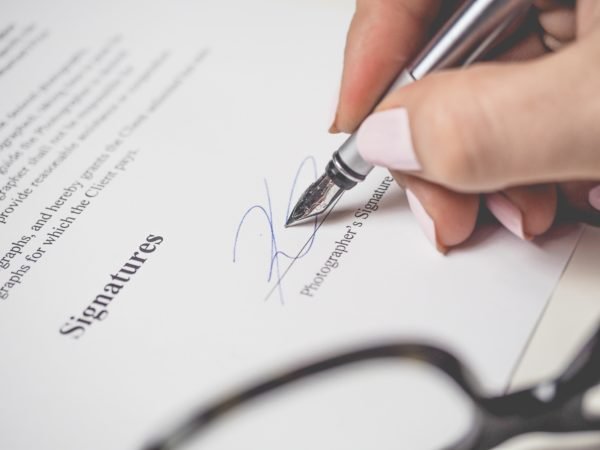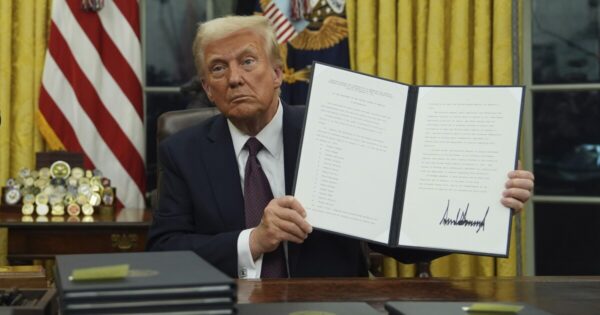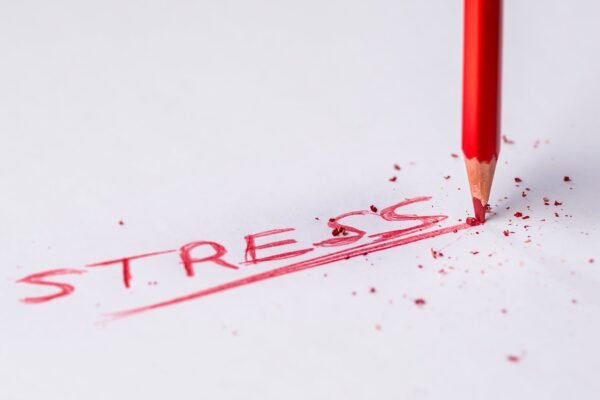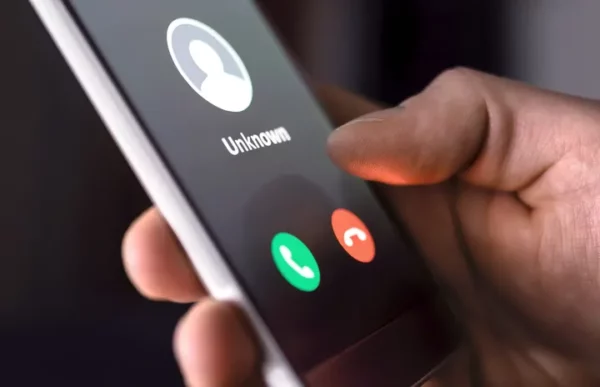
Sign of the Times – What Happened to the Good Old-Fashioned Signature

Remember the days when you met a new guy and you would practice your signature with his surname? When you wanted to be the next Spice Girls and practiced your autograph over and over again? When you signed cheque books? Nope, too far in the past?
Our signature is our name written in a distinctive way as a form of identification, but it seems the days of the carefully honed personal signature are coming to an end!
According a national study by UK cyber security consultancy – Online Spy Shop – more than half of adults rarely sign their names anymore and one in five don’t even have a proper signature, instead just writing out their name when one is required and potentially leaving themselves open to the risk of identity theft and fraud.
We’re now so used to engaging with modern means of verification, be that fingerprint recognition or simply passwords and PINs, that the idea of just scribbling our name seems almost ridiculous. So it’s no surprise that a significant proportion of us no longer have a definitive, consistent signature to call our own and many of us can’t even remember the last time we signed our own name.
We don’t think it’s quite the end of the written signature though, but we certainly believe the days of youngsters perfecting a unique, hard-to-copy autograph to use in adulthood will be a thing of the past, if it isn’t already. Although in the EU, digital signatures are legally as legitimate as hand-written signatures, the latter is still standard proof of consent in many scenarios, so it’s important that people take care to ensure their signature isn’t easily-copied, just in case.
Top Tips on how to find your best signature if you’re starting out, getting married or divorced or simply fancy a different one:
1. Choose how you want to write your name, it could be in full or just your initials and surname. The longer it is though, the harder it is to copy.
2. Look at other people’s signatures and don’t be afraid to use your favourite parts for yourself. Is it short or long? Curly or sharp? Do you want to begin or end with a flourish?
3. Experiment with your signature until you get the one that is perfect for you, while always remembering to make it unique to you and difficult to replicate.
4. Select a few signatures and ask a trusted person to see which they prefer – and which one would be harder for them to forge.
5. When you’ve chosen your signature, practice it again and again as you need to be able to write it exactly the same on demand, when necessary.















































